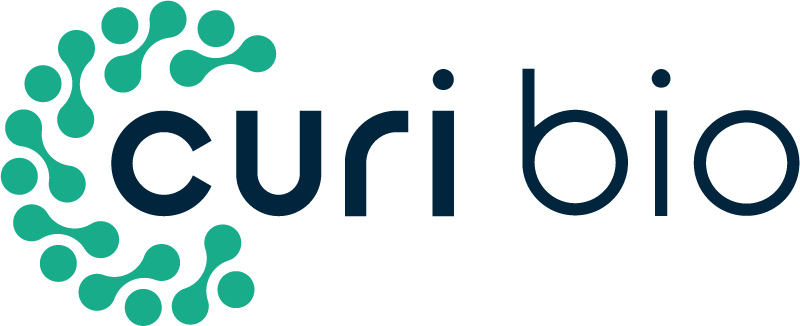Combined Effects of Substrate Topography and Stiffness on Endothelial Cytokine and Chemokine Secretion
Hyeona Jeon, Jonathan H. Tsui, Sue Im Jang, Justin H. Lee, Soojin Park, Kevin Mun, Yong Chool Boo, and Deok-Ho Kim (1) – (1) University of Washington
Abstract: Endothelial physiology is regulated not only by humoral factors, but also by mechanical factors such as fluid shear stress and the underlying cellular matrix microenvironment. The purpose of the present study was to examine the effects of matrix topographical cues on the endothelial secretion of cytokines/chemokines in vitro. Human endothelial cells were cultured on nanopatterned polymeric substrates with different ratios of ridge to groove widths (1:1, 1:2, and 1:5) and with different stiffnesses (6.7 MPa and 2.5 GPa) in the presence and absence of 1.0 ng/mL TNF-α. The levels of cytokines/chemokines secreted into the conditioned media were analyzed with a multiplexed bead-based sandwich immunoassay. Of the nanopatterns tested, the 1:1 and 1:2 type patterns were found to induce the greatest degree of endothelial cell elongation and directional alignment. The 1:2 type nanopatterns lowered the secretion of inflammatory cytokines such as IL-1β, IL-3, and MCP-1, compared to unpatterned substrates. Additionally, of the two polymers tested, it was found that the stiffer substrate resulted in significant decreases in the secretion of IL-3 and MCP-1. These results suggest that substrates with specific extracellular nanotopographical cues or stiffnesses may provide anti-atherogenic effects like those seen with laminar shear stresses by suppressing the endothelial secretion of cytokines and chemokines involved in vascular inflammation and remodeling.
Keywords: nanotopography; substrate stiffness; endothelial cells; cytokines; chemokines
Materials & Methods: Nanopatterned substrates were fabricated from UV-curable polymers by utilizing capillary force lithography (Figure 1A). This technique allows for the simple and reproducible fabrication of a variety of molded nanopatterned substrates with excellent pattern fidelity regardless of the polymer used, and this was confirmed using using SEM and AFM (Figure 1B). It is well-known that cell reorganization, motility, and adhesion is greatly affected by substrate surface wettability.23−26 Therefore, to ensure that changes in endothelial cell morphology and cytokine/ chemokine secretion would be due to differences in substrate stiffnesses and topographies, rather than surface chemistries, surface wettability measurements on both unpatterned and patterned substrates were taken, and the results indicate that there were no significant differences due to polymer composition (Figure 2). The specific nanopattern dimensions and structures used for this study were based on the native extracellular matrix (ECM) structure of vascular tissue,27 thus providing a biomimetic platform for studying the effects of the ECM on endothelial cell morphology and activity. As changes in the structure and stiffness of vascular ECM can occur as a result of disease,28,29 our platform could be used in future studies that utilize disease-in-a-dish models to better understand how these pathologies can affect cell behavior, and how this leads to the disease progression and complications seen in patients.
Microscopic Technique: Confocal Fuorescent Microscope
Cell Type(s): Human Endothelial Cells
